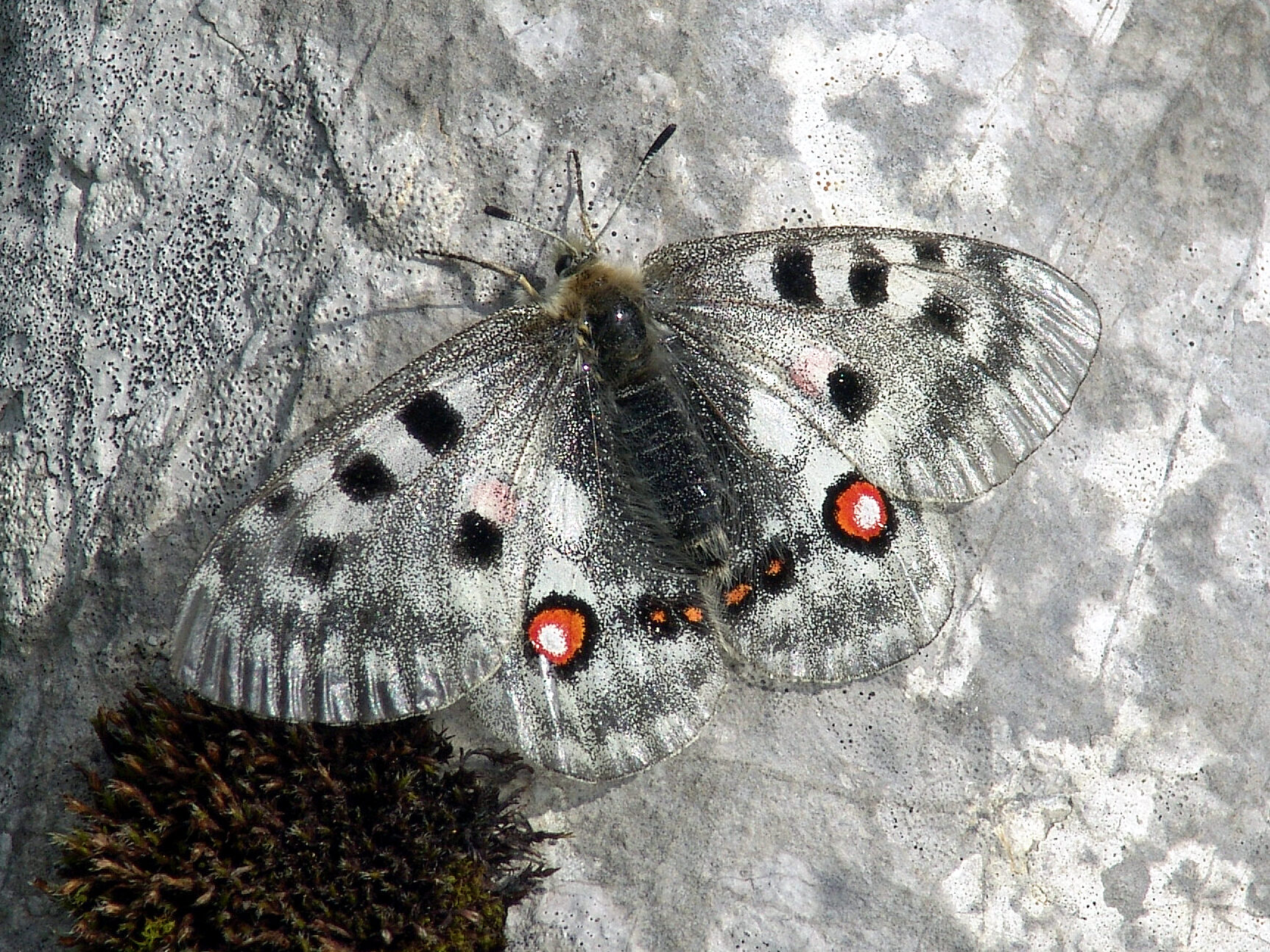No room at the top
Salzburg/Bonn/Müncheberg. A European team, led by Jan Christian Habel from the Paris Lodron University Salzburg (PLUS), has studied the distribution of mountain butterflies in the Austrian state of Salzburg. In their study, published in the nature journal “Scientific Reports”, the scientists show that the mountain butterflies have migrated an average of more than 300 metres in altitude over the last 60 years. At lower altitudes, the butterflies disappear and reappear further up the mountain – the researchers see this as a reaction to climate change and the beginning of a fundamental shift in nature.
We are seeing more hot and dry summers in Central Europe than ever before. “We can even see the effects of global climate change in typically cooler mountainous regions,” explains Prof. Jan Christian Habel, Paris Lodron University Salzburg, who is lead author of the current study. He continues: “So we examined how mountain butterflies in the state of Salzburg have adapted to these environmental changes over the last 60 years.
The team of Austrian, Polish and German researchers correlated historical records of more than 5800 butterfly observations from the Haus der Natur archives along with high-resolution climate data from the Zentralanstalt für Meteorologie und Geodynamik, both in Salzburg, to analyse the distribution areas of the insects from 1960 to 2019. “Our data show that butterfly habitats in the state of Salzburg have been slowly moving to higher altitudes for several decades,” says first author Dr Dennis Rödder from the Leibniz Institute for Animal Biodiversity (Zoological Research Museum Alexander Koenig), explaining the research results. The researchers were able to demonstrate a shift in the distribution of mountain butterflies by an average of about 300 metres uphill over just 60 years.
“Butterflies are highly sensitive to climate change and tend to follow their specific ecological niche, where they find the environmental conditions they need to survive,” says Salzburg expert Jan Christian Habel and continues: “As it gets warmer in Central Europe, many species migrate to higher altitudes. This can become a problem especially for mountain species, because such vertical shifts are finite. Their entire habitat becomes smaller near the top and the question remains, what happens when the species reach the summit?”
The study found that species interactions are disrupted or can no longer take place. For example, plants that butterflies feed on react more slowly to climatic changes than their consumers. “Put simply, one could say that the plants cannot migrate fast enough. An example of this is the Titania’s fritillary butterfly (Boloria titania), whose habitat is starting to overlap less and less with that of its preferred food plant, the Bistort (Bistorta officinalis).”
All authors acknowledge in their study that nature worldwide has been fundamentally changing for several decades due to climate change, land use change and loss of biodiversity. “The butterflies’ silent climb to the top is a warning signal to remind us of the urgency of the climate crisis, which should be seen as a loud wake-up call. We are in the midst of a fundamental, rapid environmental change. To believe that the effects of climate change only threaten the existence of far-off countries is wrong and dangerous,” the scientists urge.
Article: Rödder D, Schmitt T, Gros P, Ulrich W, Habel JC (2021) Climate change drives mountain butterflies towards the summits. Scientific Reports. DOI: 10.1038/s41598-021-93826-0.
Available online: www.nature.com/articles/s41598-021-93826-0
Butterly in photo: the mountain Apollo (Parnassius apollo) is affected by climate change and is currently migrating to higher altitudes.






